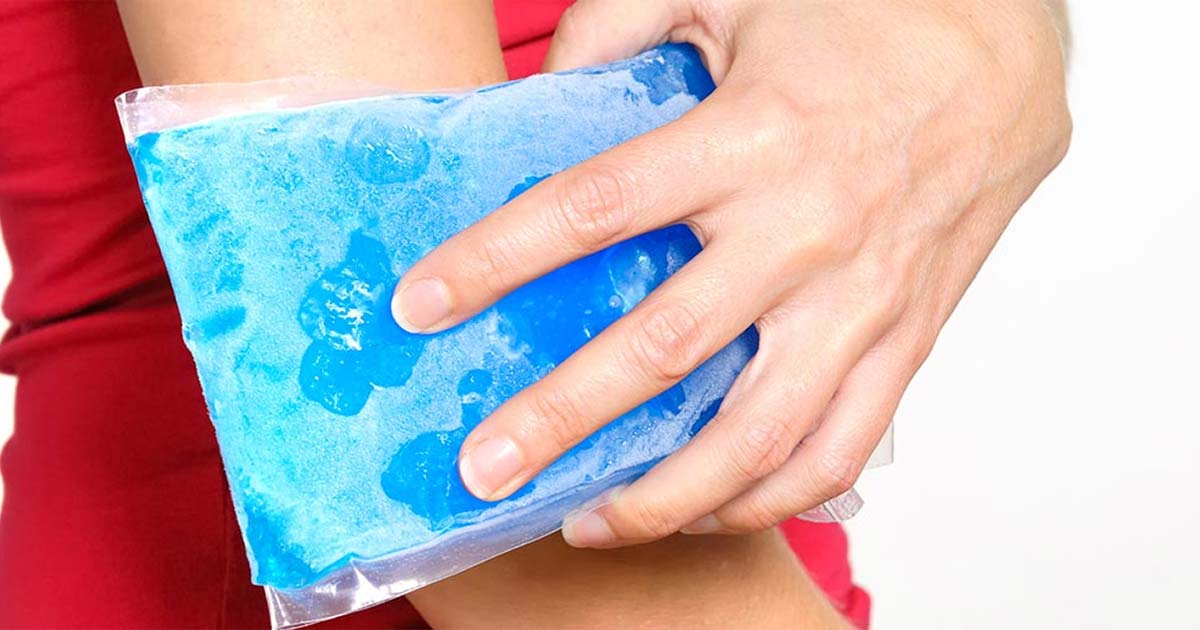Can Capsaicin Cream Help Joint Pain?
Advice to improve your movement, fitness, and overall health from the world's #1 in orthopedics.
If you suffer from pain in your joints caused by arthritis, you may have heard of capsaicin creams as a means of relief. Their active ingredient, capsaicin, comes from chili peppers.
How effective is capsaicin cream and is it right for you? Here are a few things to keep in mind if you’re considering adding capsaicin to your medicine cabinet.

Benefits of capsaicin
When applied to the skin, capsaicin creams create a warm tingling or mild burning sensation. Some people find this sensation uncomfortable, says Ted Fields, MD, FACP, an attending rheumatologist at HSS, but it can provide immediate, temporary relief from pain caused by various forms of arthritis. This includes osteoarthritis and rheumatoid arthritis.
Over time, capsaicin can also provide longer-lasting benefits by blocking a chemical in the body called substance P, which sends pain signals to the brain. For that reason, even if you don’t experience immediate relief, says Dr. Fields, “it may make sense to give capsaicin a two-week trial to see how it works for you.”
How much benefit you get from capsaicin will vary by the person, says Dr. Fields. But it can provide an important alternative to oral medications, which can cause stomach problems and drowsiness in some people. A 2018 study found that capsaicin cream was equally as effective as topical nonsteroidal anti-inflammatories (NSAIDs) in providing relief from knee osteoarthritis.
Cream vs. patch
Capsaicin is available over the counter, both as a cream and as a patch. Creams are massaged into the skin of the joint where you’re having pain, whereas patches have an adhesive backing that can be stuck to the affected area.
Dr. Fields recommends using the patch for the back or neck. For smaller joints, such as those in the finger, cream may be easier to apply. Cream may also be the best option for a joint that has a lot of motion, such as the knee or shoulder. But make sure your clothing covers the affected area to avoid eye irritation, says Dr. Fields.
Common name brands of creams include Capsazin-HP® and Salonpas®, but generic brands are also available online. Examples of patches include Salonpas® Hot Capsicum Patch, the Capsaicin Hot Patch by Coralite® and Aspercreme Warming Patch®.
Which strength to use
Capsaicin is also available in different strengths, ranging from 0.025% creams all the way up to prescription-strength patches with 8% capsaicin used to treat more severe forms of pain. First, try the mid-strength, which is 0.075% capsaicin.
If you find the burning sensation too much to cope with, go for the milder strength, which is 0.025%. With time, as the uncomfortable sensations decrease, you may be able to build back up to the stronger dose. If you don't get enough relief with the mid-strength, try the strongest dose, which is 0.25%—but don't use that dose first.
Precautions when using capsaicin
You should avoid applying capsaicin, in either patch or cream form, before a shower or a workout, says Dr. Fields. “Any areas of skin with capsaicin on it can feel a more intense burning sensation if they come into contact with hot water.” If you’re using a patch, remove it at least one hour before showering or bathing, and wait at least five minutes after showering or bathing to apply either the patch or cream.
It’s important to be sure that you apply capsaicin creams or patches on clean, unbroken areas of skin. Don’t use capsaicin on any areas where you have a cut, an infection or a rash.
Also, handwashing is extremely important after applying capsaicin products, especially if you are using a cream. Essentially, it will cause the same tingling or burning sensation no matter where it touches the body—even in sensitive areas like the inside of your nose. Capsaicin can be particularly irritating if it gets into your eyes.
Wash your hands thoroughly after use, and don’t allow children to touch any areas where you’ve applied capsaicin, in case they rub their eyes or nose afterward. “Often, people who use the cream on their hands will use soft white gloves at night to prevent the capsaicin from getting into their eyes—or into someone else’s eyes,” adds Dr. Fields.
Topical capsaicin should be stopped if not effective or if it is causes excessive burning on application or any other bothersome side effect. If your arthritis pain continues, see your doctor so that other treatments can be considered.



